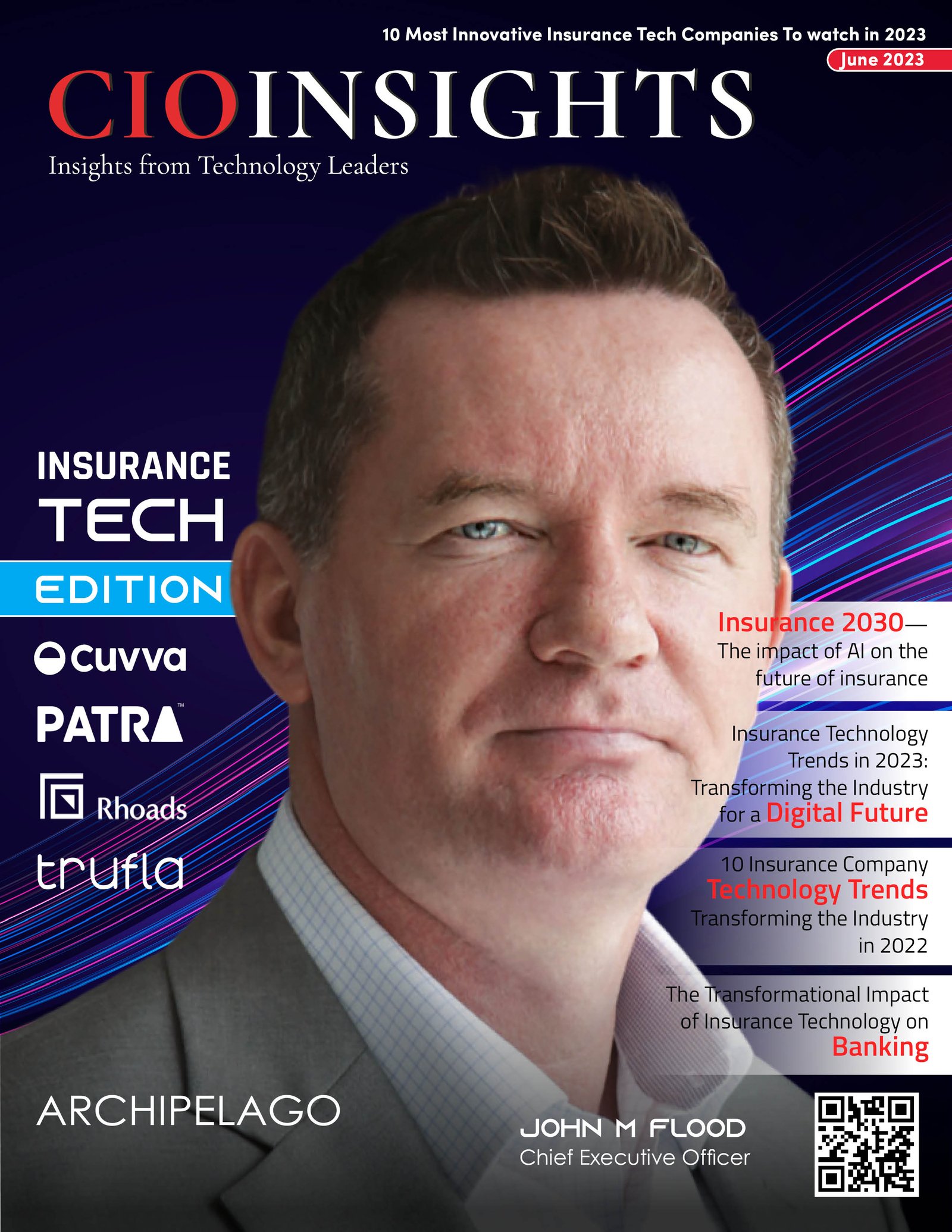The urgency of Financial Technology Imperatives – The ABCs (AI, Blockchain, and Cloud) driving modernization.

The urgency of Financial Technology Imperatives –
The ABCs (AI, Blockchain, and Cloud) driving the modernizing of the Financial Institution’s Technology Infrastructure.
Understanding the Imperative
The challenges the financial services industry faces are immense, including constant shifts in the regulatory landscape, customer expectations of digital natives, the need for real-time and around-the-clock operations to service myriad demands from clients, ecosystem and exogenous factors are creating interesting technology engine struggles for financial institutions (FIs). The legacy infrastructure, which represents both significant investment and past modernization journeys, is now impeding the speed and scale required to unlock the digital value of not only products and services but also the entirety of the financial institution itself. These and other industry challenges can be addressed head-on with a comprehensive approach that includes, in part, a transitive path to modernize the technology platform, employing new insights (analytics), reducing costs with new hybrid compute models (hybrid cloud), and adopting new essential technology ABCs (such as AI, blockchain, and cloud models). Such an approach also involves embarking on a journey to create a framework that is focused less on the technology platform and more on financial services utility as a platform, while leveraging the established risk management, regulatory, and compliance apparatus as a core strength of the platform and finding new avenues to monetize these strengths as platform services.
The emergence of Fintech companies, non-banking startups that heavily rely on technology for providing financial services, is significantly changing the demands and competitive landscape at the same time. While many of these “Fintechs” have received interest either for investment or leveraging their services, they also represent an ecosystem of integrating elements. Many Fintechs, which were perceived initially as competitors, are now seen as accelerators in providing a digital on-ramp for other companies’ modernization agendas. Many of these new challenger contestants not only provide an industry specialization, but collectively comprise an entire Fintech ecosystem that can be viewed as a library of reusable business services. These trends surface not only complexity but also an opportunity to devise a technology architecture that is capital-light, scalable, and elastic, enabling FIs to develop and deploy technology fast and cheap without incurring the maintenance burden, which is expensive and labor intensive and can lead to a loss of agility. Viewed through the lens of past technology debt and current technology investment for transaction systems and other management information systems, this situation brings focus to an important question around the right technology design and framework choices. The Fintech ecosystem enables FIs to balance paying down technology debt while adopting a design framework that provides decision agility and technology that enables modularity and flexibility, all of which results in an avenue for reconfiguring with relative ease. This suggests that the right technology design and choice framework not only aims to pay down the technology debt but also fosters a design framework that provides decision agility along with commissioning technology that enables modularity, flexibility and provides an avenue to reconfigure with relative ease.
Essentials of Technology Design for Enterprise Decision Agility
Effective measures for the right technology design and infrastructure modernization include superior technology provider experience, product and service innovation and delivery, operational efficiency, speed to market, and reduced risk. They also provide real-time pulse, not only via performance and risk metrics, but by providing the ability to gain real-time insights and take advantage of changing market (exogenous) circumstances, whether driven by market forces, regulatory shifts, or geopolitical events.
Figure 1: Technology Architecture Path to Modernization and Innovation
Most financial services institutions are grappling with a balancing act of undergoing a much-needed modernization agenda, while understanding, positioning, and combating the disruptive agenda. They simply cannot afford to lose sight of niche innovations with massive investments but equally significant payoffs. To navigate this complex maze of technology design and business models, FIs need agility for the tactical deployment of services and also agility at a decision-making level to make informed decisions in real time and with very low variance. Hence, enterprise decision agility is a strategic framework for addressing the business needs of today while maintaining a line of sight on disruption and niche innovation. Technology designs that consist of smaller fragmented, modularized, and flexible components (microservices, APIs, serverless, etc.) are not only easily served and consumed in a capital-light, cost-efficient, and elastic infrastructure (hybrid cloud, intelligent compute infrastructure, CPI/GPU/IPU, etc.), but also are ecosystem ready (open APIs, secure interaction and infrastructure). These are some of the fundamental tenets of technology architectures and designs that provide enterprise decision agility. So, it is not just the agility afforded by DevOps or DevSecOps tactical building blocks; the focus also should be on the combined virtues of all these tenets when exploiting the technology advantages of blockchain, artificial intelligence, and quantum computing. It means embarking on a journey to create an internal fabric that is not only focused on intelligent workload management of infrastructure (transaction workload vs. management information workloads vs. decision support systems), but also on exogenous ecosystem-led factors on the use and reuse of library of business services. The idea is to devise an architecture that enables FIs to switch out modular technology, creating representational architecture modules, while harnessing the ecosystem talent pools to focus on the efficacy of enterprise resources.
Applying Financial Discipline Approach to Modernization – A Systemic Transformation
Financial institutions simply cannot buy their way out of this complex challenge of technology infrastructure modernization and coping with the myriad disruptive business models that are emerging. Lately, the approach has involved Fintech partnerships and/or modernizing technology and has focused on user experience and the API (application programming interface), with little attention to the systemic elements of the financial services industry, such as payment, treasury, risk models, fraud, regulatory and compliance, and so forth. While the user experience approach has achieved some success, it also has surfaced the deficiencies of legacy design parts of tightly coupled designs, where the use cases that manifest as a financial application eventually catch up with the financial systems’ limitations. Tightly coupled designs pose scalability challenges, or eventually lead to shifting the problem focus onto an adjacent but linked system.
Figure 2: The “Financial Service Stack” – Focus on Financial Discipline.
Hence, an approach in which decoupling the application from the systems, and subsequently breaking the systems down into financial disciplines and crafting an architecture around those disciplines, may be critical to overall success of a systemic transformation. This approach, while focused on the core of the FIs systems, also provides an avenue to address a change that is not only long lasting but also induces agility at the application layer. This enables design malleability with disruptive and niche innovations, in the mid-term and long-term, respectively.
These disciplines can be thought of as an abstraction layer that addresses the internals of various interconnected systems. It also adds a technology domain and provides a discipline-led lens to technology advancements. This approach allows for a meaningful way to look at disciplines and impact the much-needed change in the financial system.
Opinion
Applying financial disciplines as a prescribed approach to a financial institution’s technology design and subsequent modernization stems from the very constructs of investment and debt that are native to financial services. The idea is to invest in the digital vision’s long-term architecture design imperatives while reducing the technical debt of inflexible and monolithic design. Employing a financial discipline-based architecture design not only enables flexible and reusable data and business services assimilation, but it also forces the critical linkages that the financial systems possess, thereby enabling a separation of concern and decoupled design while preserving the architectural independence of the systems. A financial discipline approach also facilitates a mesh mechanics of the three main constituents of FIs’ cost centers – IT ( DevOps), data scientists (quants and analysts), and risk and compliance (fraud and regulation) – which aids in harmonizing the collective effort. Change management velocity, which in an agile enterprise needs to be managed for scale, further permeates the entire organization (comprised of various systems) and enables a cultural mind shift regarding the mesh mechanics as a result of multi-discipline linkages for any given financial system. One significant advantage of a financial discipline-based approach is that it elevates the talent pool available for cross-sectional collaboration. It is therefore vital that technology design and modernization should be viewed as an exercise in continual adaptation and improvement and not as a destination or finish line.





